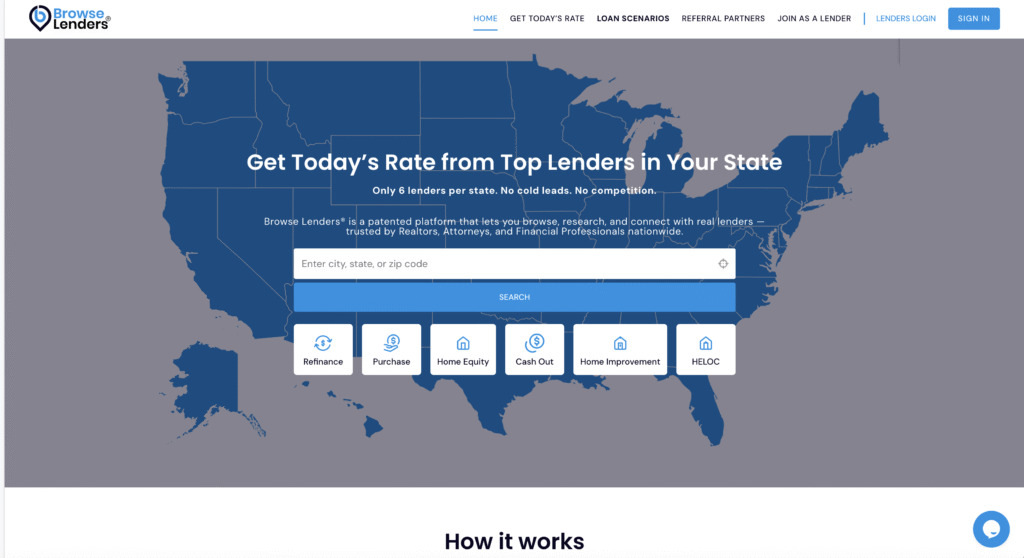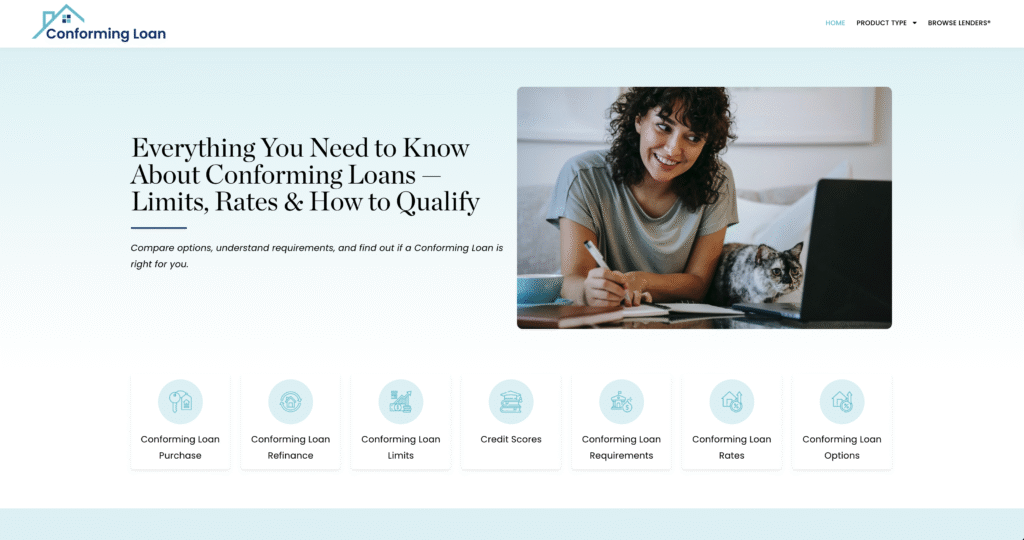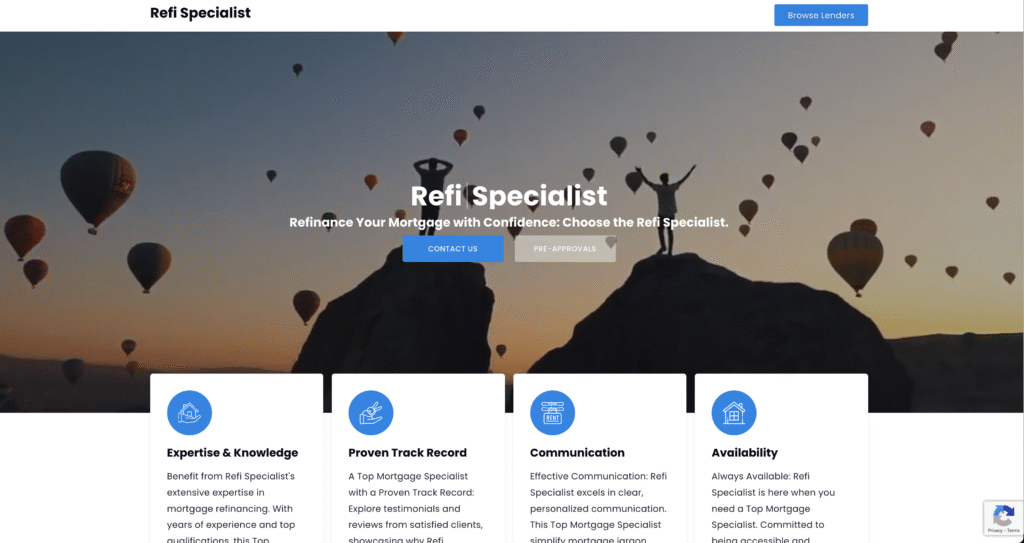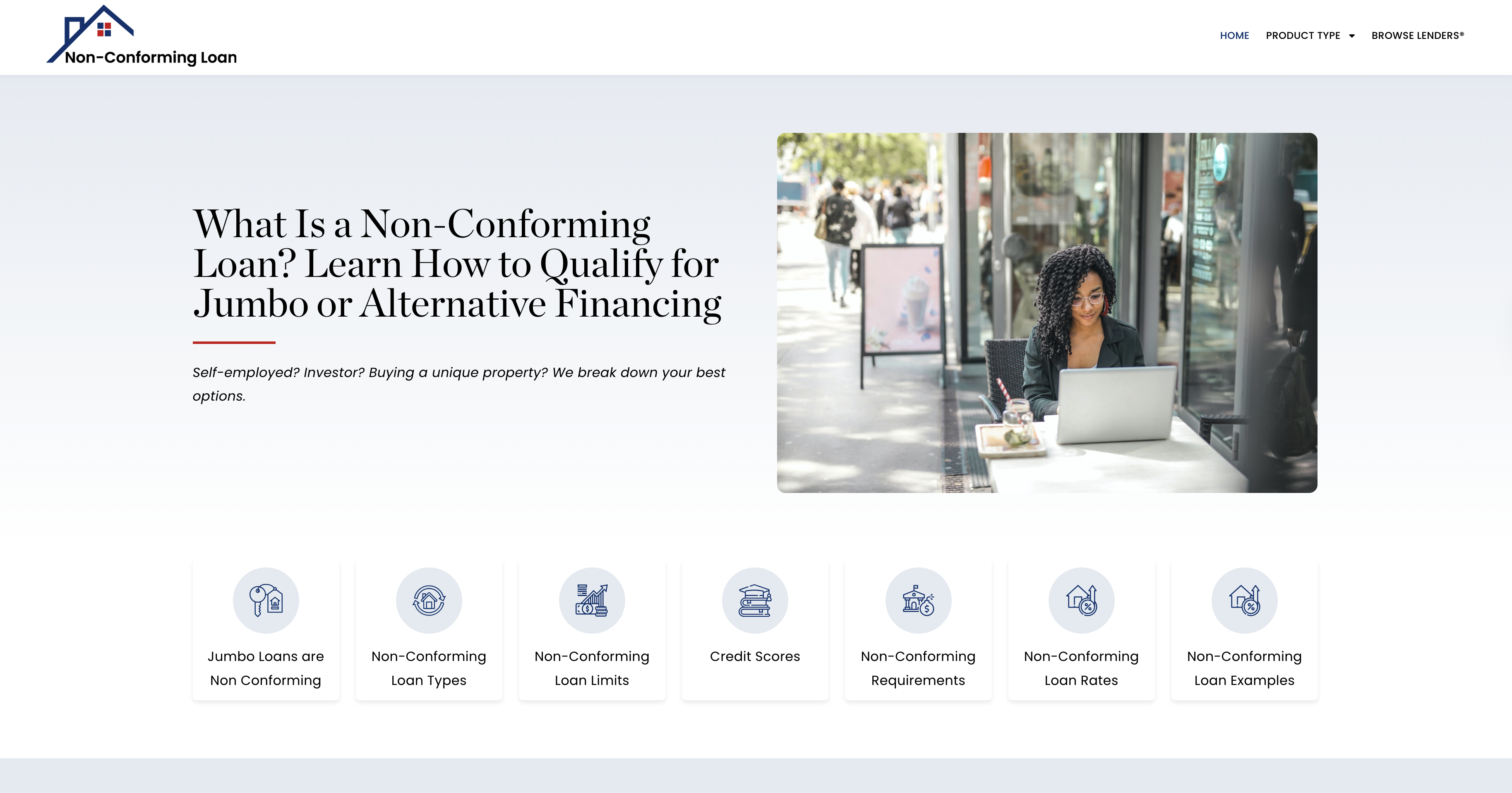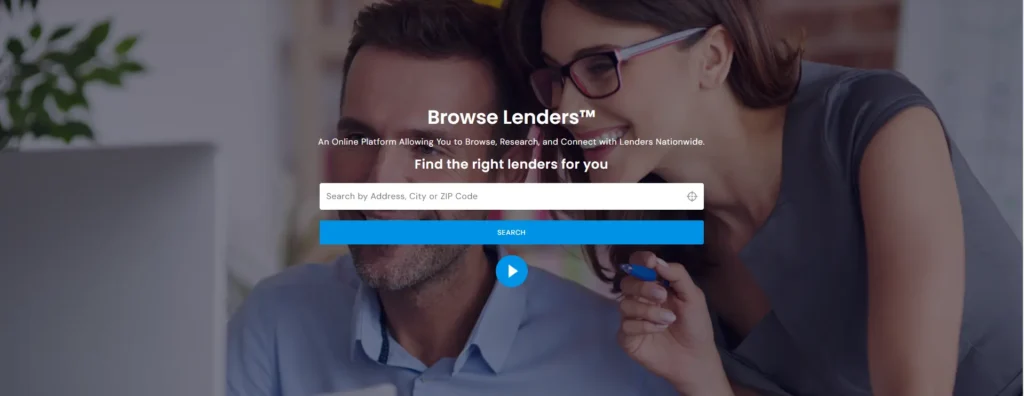The Real Reason a Checklist Exists: You Are Scored Before You Ask
Most consumers believe a checklist is something you complete before you submit an application. But institutions don’t evaluate you at the moment you apply; they evaluate who you already were before you ever showed up.
By the time you request credit, the decision has already been framed by your existing data.
Applications don’t create outcomes.
Applications confirm outcomes that were already predictable.
That is why readiness is not preparation; readiness is pre-qualification of behavior.
1. The Checklist Is Not About Tasks — It Is About Signals
Consumers think a checklist answers the question: “Am I ready to apply?”
Institutions use the same checklist to answer: “Does this borrower already operate like someone we can trust?”
This difference is everything.
| Consumer view | Institutional view |
|---|---|
| Steps to get ready | Proof of who you are financially |
| Activity | Identity |
| Preparation | Predictability |
| Hope | Qualification |
A borrower who starts preparing after they want something is already late.
The checklist is only powerful before the moment of need.
2. Institutions Don’t Score You on What You’re Fixing — They Score You on What You’ve Already Proved
When a lender reviews an application, they are not measuring:
❌ “Is this person trying to improve?”
They are measuring:
✅ “Has this person already stabilized into someone reliable?”
This is the difference between effort and evidence.
Readiness is based on evidence, not intention.
This is why last-minute scrambling — paying things down right before applying, rushing disputes, closing accounts, moving debt — often reduces approval power rather than increasing it.
The system reads: “They’re not ready, they’re reacting.”
3. The Checklist Is Really a “Risk Filter”
What the public calls a checklist, underwriting treats as a pre-screening filter — a silent gate that determines if you enter the lending process with leverage or disadvantage.
| If the file signals readiness | you are evaluated as a low-risk borrower. |
| If the file signals instability | you are evaluated as a risk-controlled borrower. |
Same person.
Different leverage.
The difference is not in the paperwork; the difference is in the posture of the profile.
4. Institutions Look for Readiness Before Need
Stable borrowers prepare when nothing is urgent.
Unstable borrowers try to prepare only when something is needed.
That behavioral pattern is one of the strongest predictors underwriting uses.
The system silently asks: “Does this borrower operate from foresight — or from crisis?”
If your checklist is completed after urgency begins → risk.
If your checklist is completed before urgency exists → reliability.
This is one reason premium pricing follows readiness, trust is cheaper than risk mitigation.
5. The Checklist Is a Translation Layer. It Converts Your Behavior Into Institutional Language
Most consumers don’t realize they are constantly “speaking” to the financial system even when they are not applying for anything.
Every payment, every balance, every pattern of timing is a broadcast of your risk identity.
The checklist simply ensures that this “broadcast” is sending the right message.
The checklist is not: “Here’s what to fix.”
The checklist is: “Here’s what to signal before anyone evaluates you.”
This is why checklists inside Middle Credit Score® are front-loaded, not reactive. They prepare your identity, not your paperwork.
6. Lenders Don’t Reward Readiness Because It’s Polite — They Reward It Because It Reduces Uncertainty
To a lender, the greatest risk is unpredictability.
Readiness eliminates uncertainty before capital is at risk.
This is why people with higher readiness:
- Get faster approvals
- Face fewer conditions
- Avoid manual underwriting
- Receive better pricing tiers
- Are not questioned aggressively
- Appear trustworthy on arrival
The checklist is not about qualifying for something; it is about qualifying for the level of trust that produces better treatment.
7. If Readiness Isn’t Present Up Front, You Lose Leverage — Even If You Are Technically “Approved”
This is one of the most misunderstood truths:
Approval without readiness is the most expensive form of approval.
Two people can be approved for the same loan amount, but one pays thousands more in cost because their file signals instability, even if the score is identical.
Consumers see approval as binary:
✅ approved
❌ denied
Institutions see approval as tiered confidence:
- Preferred
- Standard
- Conditional
- Cautious
- Manual review
- Edge case (overpriced risk)
The checklist is what moves you up before pricing is assigned.
8. The Checklist Protects You From Being Read Prematurely
Readiness is not about “being good enough”; it’s about being seen correctly before your data is locked in for judgment.
Once your file is pulled, you cannot hide volatility anymore — the interpretation is already formed.
The checklist ensures: When you arrive, you arrive already qualified as stable.
It is identity insurance — not task completion.
What the Checklist Really Confirms: Identity Before Application
Most people treat a checklist as something they start when they want financing. But institutions use the checklist to verify whether the borrower already became the type of person who qualifies before they ever asked.
The checklist isn’t about activity; it’s about proof of identity.
And because identity is scored before paperwork is reviewed, the work must be completed invisibly, not urgently.
1. The Four Dimensions of Readiness Institutions Quietly Evaluate
When a lender reviews a profile, there are four silent checks happening before any numerical score is considered:
| Readiness Dimension | What It Reveals |
|---|---|
| Stability | Do you have rhythm — or volatility? |
| Capacity | Can you absorb responsibility without strain? |
| Consistency | Is your behavior predictable over time? |
| Governance | Do you manage money — or react to it? |
If your profile shows all four, you arrive pre-qualified as low-risk even before underwriting begins.
If even one dimension is missing, you are treated as conditionally stable — which means less trust and more cost.
2. Why Readiness Must Be Completed Before Anyone Pulls Your Report
Once your file is accessed, your “identity snapshot” is locked in. Lenders are not evaluating “what you were trying to fix” — they are evaluating the condition you were in when they first touched the file.
The system does not grade improvement effort; it grades the state of identity at review.
This is why last-minute cleanup fails:
- If you pay down debt after the review, it does not count
- If you correct utilization after inquiry, it’s invisible
- If you dispute during review, it looks defensive
- If you reorganize accounts during application, it looks volatile
The checklist prevents misinterpretation by ensuring your file is already presenting correctly before exposure.
3. Why Institutions Detect “Last-Minute Fixing” Instantly
The credit system timestamps everything — balances, payments, inquiries, disputes. When movement happens in a tight window just before an application, it reads as:
“Unstable borrower scrambling for approval.”
Even a GOOD decision done too late triggers suspicion.
To underwriting, timing is not neutral — timing is intent.
Reactive = risk.
Preemptive = reliability.
If readiness happens too late, the institution cannot tell whether you are demonstrating maturity or panic.
4. The Checklist Is the Gate Between “Good Credit” and “Ready Credit”
Many people think, “I have a good score — I should qualify.”
But readiness is not about “good”, it is about being fundable without friction.
| Type of Borrower | System Interpretation |
|---|---|
| Good Credit | Numerically acceptable |
| Ready Credit | Behaviorally trustworthy |
This is why two borrowers with identical scores can receive different:
✅ terms
✅ scrutiny levels
✅ deposit requirements
✅ underwriting paths
Because readiness is not the score, readiness is the identity behind the score.
5. The Checklist Doesn’t Just Prevent Denial — It Controls Pricing Power
Without readiness → you can still get approved
But you pay more because the system doesn’t trust you fully yet.
With readiness → you don’t just qualify
You qualify as someone who should be rewarded.
This is the psychological edge most consumers never learn.
Approvals are not equal.
There is approval with leverage and approval with cost.
The checklist is how you get the first version — not the second.
6. Why the Checklist Must Be Completed Quietly
If a checklist is visible, it is reactive.
If a checklist is invisible, it is identity-driven.
Lenders do not reward “fixing.”
They reward already functioning.
This is why the most valuable financial posture is preparedness without fanfare — it signals control, not scrambling.
You don’t announce readiness.
You arrive ready.
7. This Is the Psychological Bridge to Browse Lenders®
Once readiness is established, the borrower graduates from: “Can I qualify?”
to
“Which lender structure is best for me?”
This is the moment where Browse Lenders® becomes the strategic move — not because it finds “someone who will approve you,” but because it allows you to exercise leverage intentionally.
Without readiness → lender access feels like begging.
With readiness → lender access becomes selection, not seeking.
And selection is the first form of financial freedom.
8. The Real Purpose of the Checklist
The checklist is not a reminder.
It is a transformation checkpoint.
It verifies:
✅ You are now behaving like someone the system can trust
✅ Your profile will not contradict your goals
✅ Your timing will not undermine your credibility
✅ Your identity is aligned with your request
When readiness is real, financing becomes easier not because systems are nicer — but because you have already signaled you are not a risk.
The checklist is how the system knows the “right version of you” is the one applying.

